This question is a little bit stupid and silly.
As I am chemist, I don't remember electricity physics very good. As I remember it shouldn't harm anything, but I need to be sure.
LEDs will be blinking sometimes together. But not longer than 50ms.
They will be parallel for only short time. Because they supposed to blink reporting 2 modes 1st - normal, 2nd - error. And switching between them can be no longer than 50ms.

simulate this circuit – Schematic created using CircuitLab
I use resistor for both LEDs, but it just curiosity question.